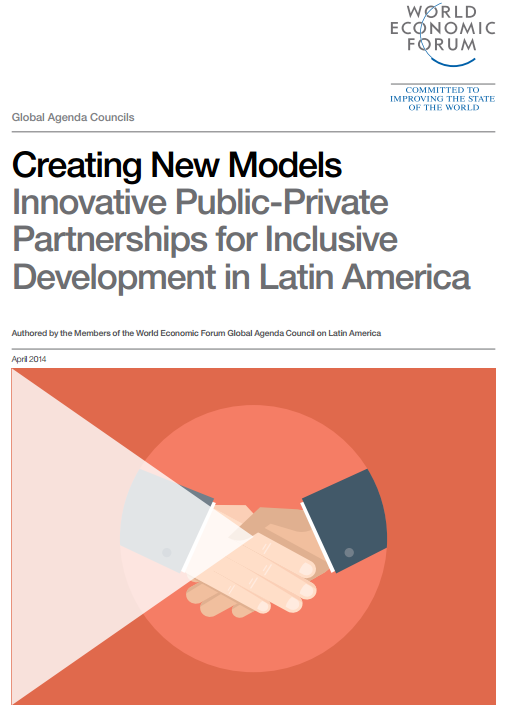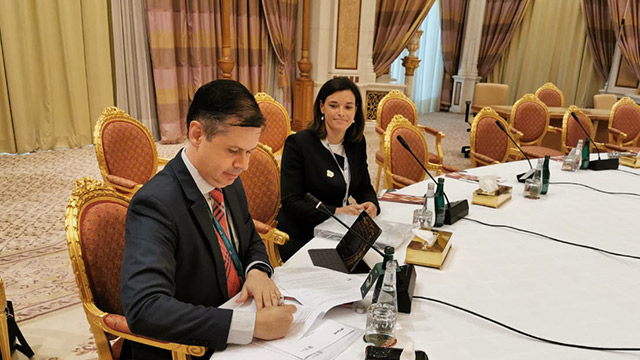1740 results found
Featured results



More results
It is the second bridge that crosses over to Cádiz from the mainland, after Carranza bridge, and one of the highest bridges in Europe, with a gauge of 69 meters and a total length of 5 kilometres
The Contracts for Difference (CfD) were introduced as part of the UK's Electricity Market Reform to incentivise investment in secure, low-carbon electricity, improve the security of the UK’s electricity supply, and improve affordability for consumers.
In the Netherlands, the regulatory requirement is that the surface layer of asphalt roads have a whole-of-life span of six years. Currently, 60% of rubble from broke-up old roads can be reused in the construction of new roads, however increasing that percentage of reuse is mostly improbable due to stability and safety concerns. Dura Vermeer, a Dutch construction, infrastructure, and engineering business, has developed the technology to create top layer asphalt which can last up to 15 years (twice as long as current asphalt roads), but costs 10% more than regular asphalt roads.
This report reviews the way we build our cities and how this directly impacts the safety of future generations within the context of Japan.

This publication is an assessment of the rationale for coordination between various healthcare and pension policies to better manage the cost of ageing.

The Coral Sea Cable System (CS2) is a 4700 kilometre-long fibre optic submarine telecommunications cable that links both Papua New Guinea and Solomon Islands to the major East Coast Internet Hub in Sydney, Australia.
This technical note contains a methodology to promote the use of good corporate governance practices for water and sanitation enterprises (especially SOEs) in Latin America and the Caribbean, based on IDB experiences and other relevant cases from network utilities.

This guidance sets out a best practice approach to the development of cost estimates for infrastructure projects and programmes in the UK.

This article presents results from the first statistically significant study of cost escalation in transportation infrastructure projects.


This simple and free tool enables project proponents to easily conduct early-stage cost-benefit analyses of bus transport projects.


What role should an Infrastructure Commission play in Northern Ireland? Could it help build a pathway to net zero? And what signal would it give to the private sector? GI Hub speaks to Kirsty McManus and Richard Johnson of Northern Ireland's Ministerial Advisory Panel on Infrastructure for answers on these questions and more.

The GI Hub helps countries build capacity and capability with a program shaped to the country’s needs.


This report outlines an approach to country platforms to help channel technical assistance and public and private finance to emerging and developing countries in order to support the achievement of net zero targets.

Accelerating the development of Brazil’s infrastructure markets is the aim of Global Infrastructure Hub’s (GI Hub) Country Program with Brazil, recently confirmed in a Letter of Intent with the nation’s Secretary of International Economic Affairs (SAIN) of the Ministry of Economy.

The objective of the Diagnostic is to provide strategic, customized advice to client countries so they can make informed decisions in determining an operational plan for their PPP program, the choice of public investment vis-à-vis PPP, and type of PPP.



The Global Agenda Council on Latin America have illustrated, through a series of brief case studies, the creativity and commitment displayed throughout the region in the design and execution of innovative public-private partnerships.


The USD 244M1 Elazig hospital Public-Private Partnership (PPP) project is part of the 'Health PPP' program developed by the Turkish Ministry of Health (MoH), to extend and modernize the country's healthcare
Cross River Rail is a 10.2 km, AUD5.4 billion (2 billion) rail line in Brisbane, Australia linking Dutton Park to Bowen Hills. It includes 5.9 km twin tunnels crossing underneath the Brisbane River and CBD and four new underground stations and eight upgraded stations, doubling the railway capacity across the Brisbane River. It will also involve developing three new Gold Coast stations.

This guide to global best practices helps project teams successfully deliver infrastructure that crosses national borders.


In this blog, Svetlana and Roberto discuss the major cross-border projects currently being planned and delivered with Russia’s involvement, and the importance of comprehensive quality assessment in delivering these projects. Their discussion practically illustrates several elements of successful cross-border project delivery that are detailed in the GI Hub’s cross-border reference guide, Connectivity Across Border.







 Country Engagement Programs
Country Engagement Programs




